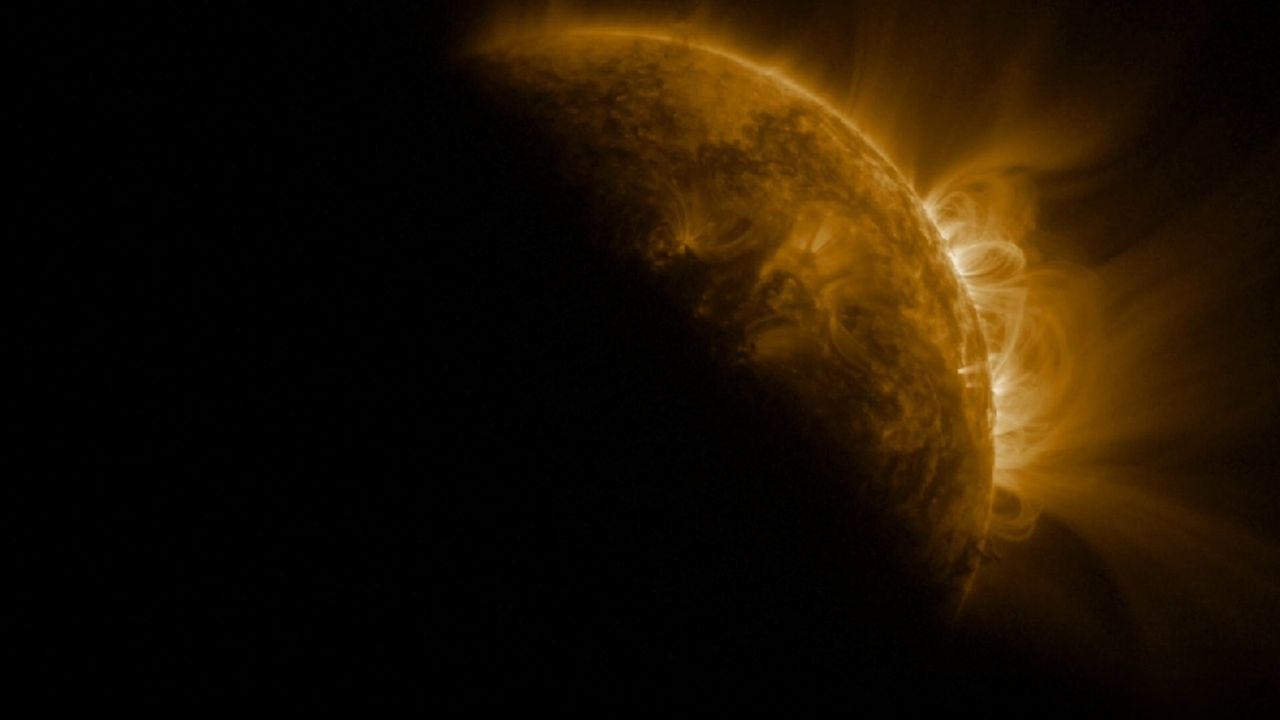Skywatchers in parts of the Eastern Hemisphere experienced a total lunar eclipse on September 7, 2025. As Earth obscured sunlight from the moon, the celestial body transformed into the striking “blood moon.” Interestingly, two satellites operated by the National Oceanic and Atmospheric Administration (NOAA) witnessed a unique phenomenon that evening, capturing both a solar eclipse and a lunar eclipse.
The Geostationary Operational Environmental Satellites (GOES), specifically GOES-18 and GOES-19, were positioned to observe significant changes in Earth’s environment. While these satellites primarily focus on monitoring weather patterns, their orbits allowed them to see two eclipses just hours apart.
GOES-18 is stationed over the western contiguous United States, Alaska, Hawaii, Mexico, Central America, and the Pacific Ocean. Meanwhile, GOES-19 covers a broader area, including North America, Central and South America, the Caribbean, and the Atlantic Ocean extending to the west coast of Africa.
During the early hours of September 7, GOES-18 observed the solar eclipse from 4:40 a.m. to 5:28 a.m. EDT (0840 to 0928 GMT), while GOES-19 captured its view from 12:34 a.m. to 1:22 a.m. EDT (0434 to 0522 GMT). The solar eclipse occurs when the moon blocks the sunlight reaching Earth, while the lunar eclipse happens when Earth obstructs sunlight from reaching the moon.
Both satellites provided detailed imagery of the sun prior to the solar eclipse, showcasing its features in high resolution. Hours later, at 1:30 p.m. EDT (1730 GMT), the lunar eclipse occurred, marking a rare occurrence where observers on Earth were treated to a lunar spectacle while satellites simultaneously recorded a solar event.
This remarkable alignment of celestial bodies serves as a reminder of the universe’s capacity to deliver unexpected wonders. Capturing both eclipses within the same day is a rare instance, underscoring the dynamic nature of space and the ongoing advancements in satellite technology. For more information on the GOES satellites and the recent lunar eclipse, further resources are available through official NOAA channels.





































































